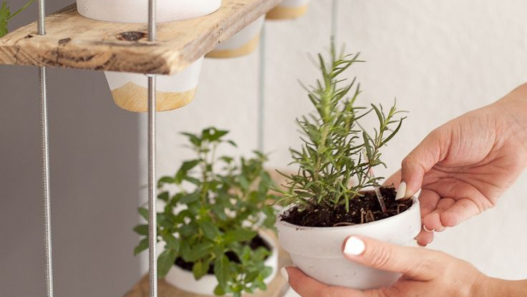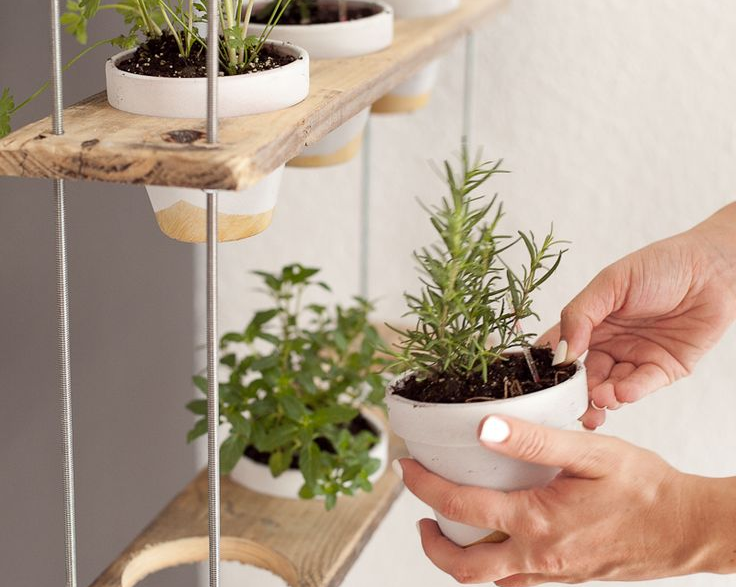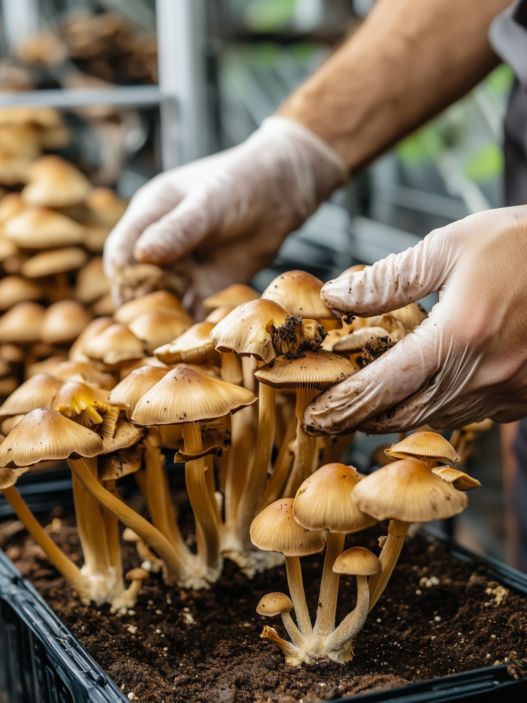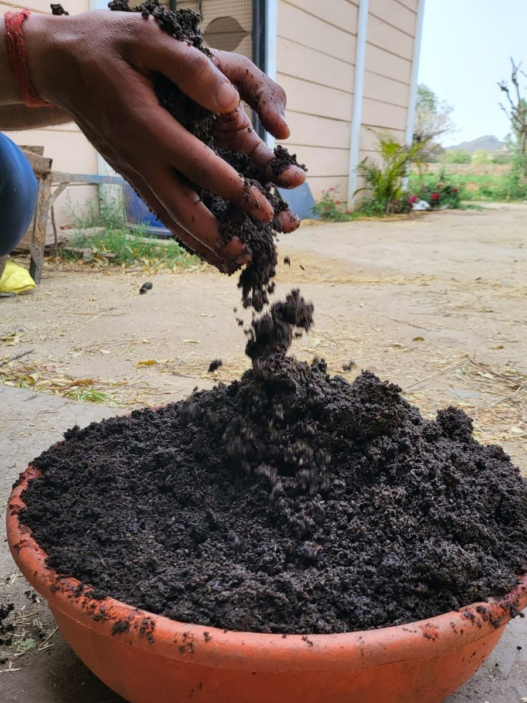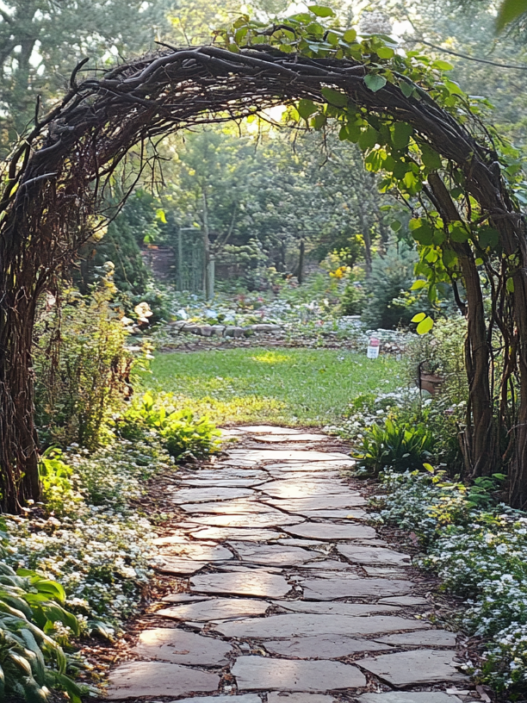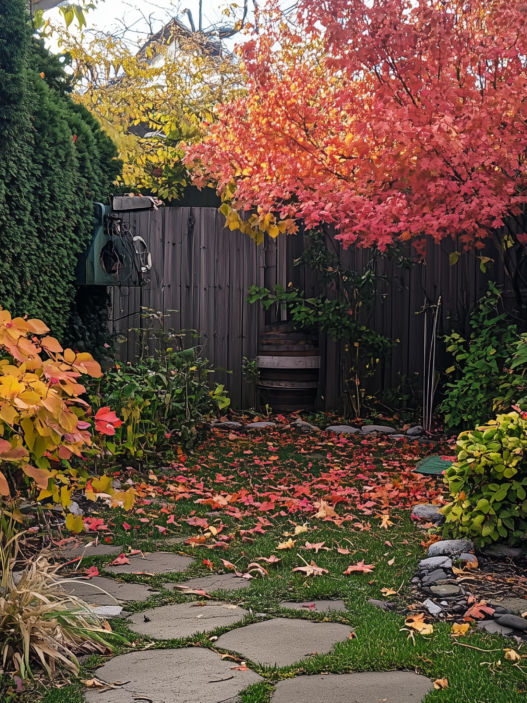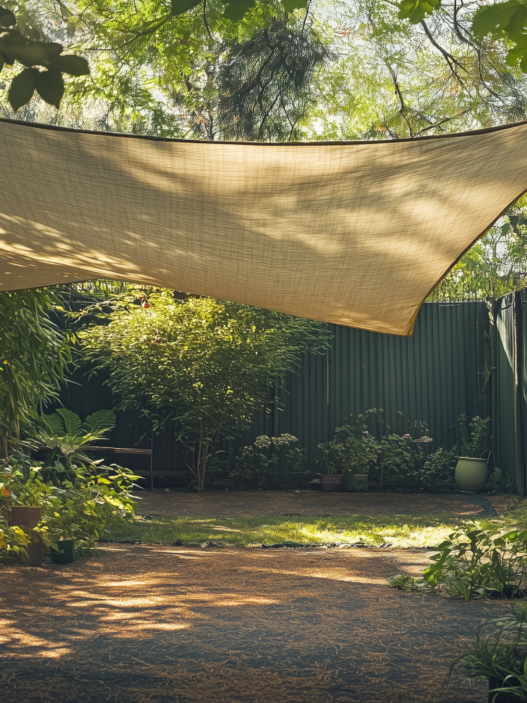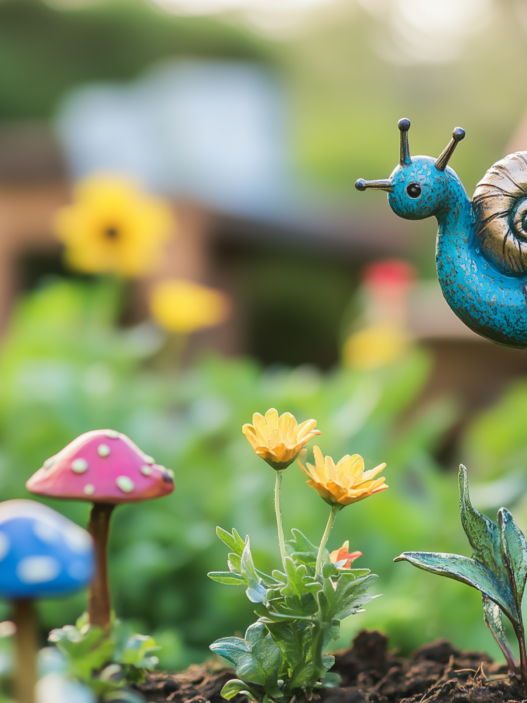Honestly, when I first heard about the possibility of growing herbs at home year-round, I was skeptical. How wrong I was! It turns out that having a full indoor herb garden at home is not only possible but incredibly enjoyable. Imagine this: it’s winter outside, but you have green and fragrant herbs on your windowsill, ready to be used.
Why Choose a Wall-Mounted Herb Garden
Let me start by saying that choosing a wall mounted indoor herb garden was not accidental.
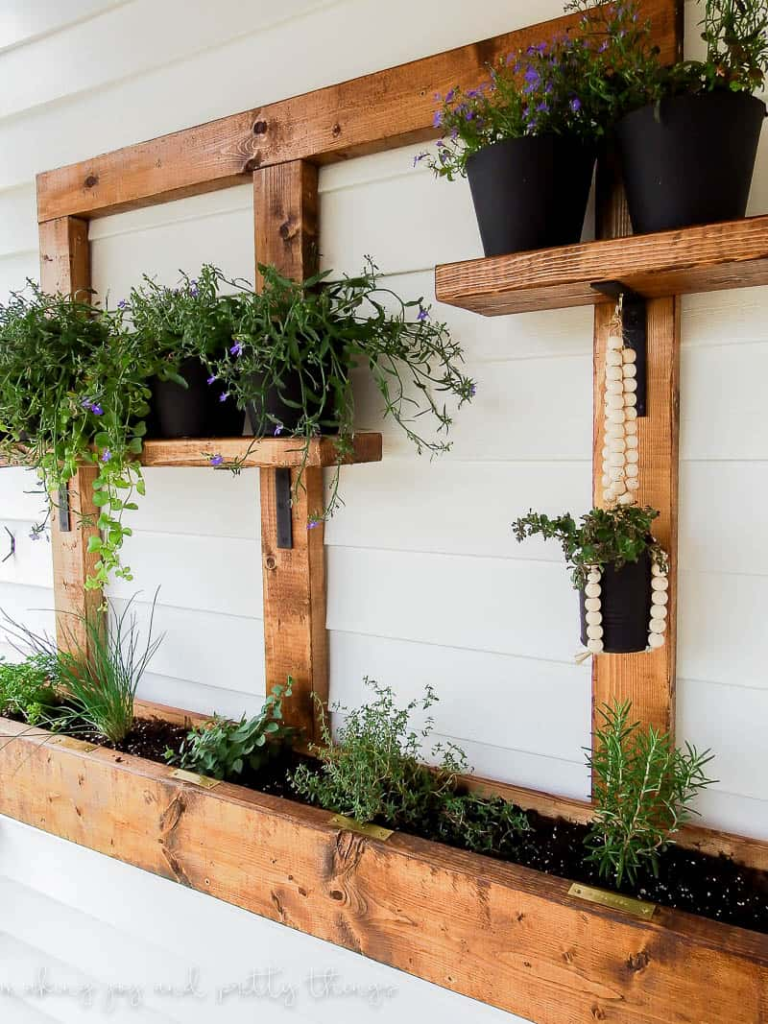
First, this solution saves a lot of space. How often do we see empty walls in our homes? Why not turn them into a living green space? Secondly, wall gardens look stylish and add a special atmosphere to the interior. I chose compact wall planters that are easy to mount on the wall and allow me to grow herbs without using windowsills or tables.
Note: If growing an indoor herb garden is not enough for you, I recommend checking out my recent article on the spiral herb garden. I shared my experience and provided excellent examples of already established gardens.
How to Choose the Right Herbs for Your Home Garden
At first, I spent a lot of time thinking about which herbs would be best suited for indoor growing. I talked to my neighbors, visited Walmart to check the availability of seeds, and searched the internet. I even went so far as to create a whole document listing the pros and cons of each type of herb.
In the end, I settled on three favorites: basil, mint, and rosemary. Why these herbs? Because they are not only easy to grow but also some of the most popular in cooking. And I love to cook.
Best Herbs for a Home Garden
| Herb | Growing Conditions | Care Tips |
|---|---|---|
| Basil | Bright light, moderate water | Prune the tops to encourage bushier growth |
| Mint | Partial shade, moist soil | Keep away from other plants—mint spreads fast |
| Rosemary | Bright light, low water | Let the soil dry out between waterings |
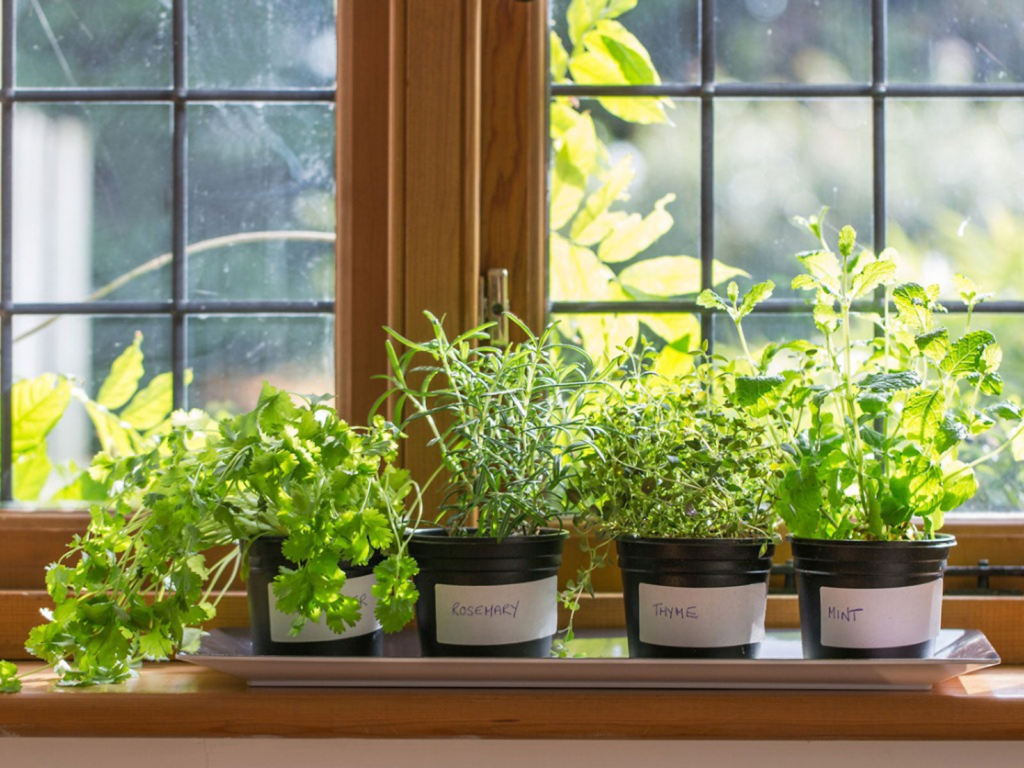
By the way, herbs can always be preserved for later. I outlined the pros and cons of methods like freezing and drying in this article.
Light and Its Role in Growing Herbs
Obviously, without proper lighting, your garden won’t thrive. However, I realized that natural light is not enough, especially in winter. That’s where grow lights for indoor herb garden come in handy. I chose LED lights with adjustable intensity, which allowed me to control the amount of light depending on the type of plant and the season.
How to Choose the Right Lighting
It’s important to understand that different herbs require different levels of lighting. For example, basil needs more light than mint. So, if you don’t have enough natural sunlight, be sure to get grow lights. One of my best purchases was an LED light with a timer that automatically turns on and off according to a schedule.
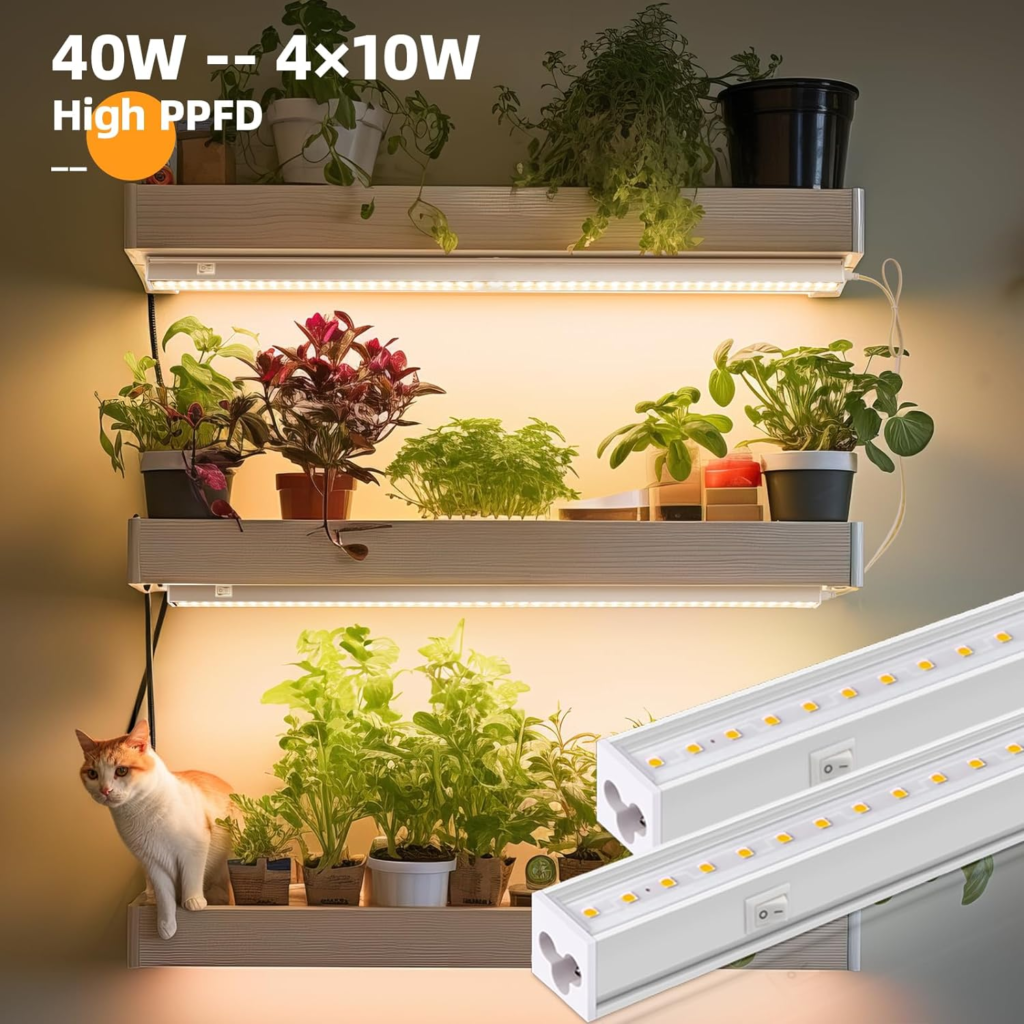
Winter Herb Garden: Features and Secrets
It’s no secret that winter is a time when most plants lack light and warmth. But that doesn’t mean growing herbs during this time is impossible. I took several steps to create ideal conditions for my indoor winter herb garden.

First, I placed the herb pots on the south side of the house, where they receive the maximum amount of natural light. Secondly, I use grow lights (as I described above) to compensate for the lack of sunlight during the short winter days. And finally, I maintain a stable temperature in the room by using a small heater.
Windowsill as the Perfect Spot for Herbs
It’s impossible not to mention that an indoor windowsill herb garden is a classic. Windowsills are ideal for placing herbs, especially if they get direct sunlight most of the day. I decided to additionally install a self watering indoor herb garden on my windowsill. This solution turned out to be extremely convenient: now I don’t worry about forgetting to water my plants.

Herbs for the Windowsill
| Herb | Suitable for Windowsill | Features |
|---|---|---|
| Thyme | Yes | Undemanding, loves sunlight |
| Parsley | Yes | Grows well on a bright windowsill |
| Dill | Yes | Requires good drainage and regular watering |
Hanging and Wall-Mounted Solutions: For Those Who Love to Experiment
For those who want to add a touch of originality to their interior, I recommend considering an indoor herb garden hanging. Hanging pots look unusual and attract attention. Moreover, they save space in the kitchen or other rooms. I decided to create a small composition of hanging pots with mint and thyme in the living room, and it became one of my favorite spots in the house.
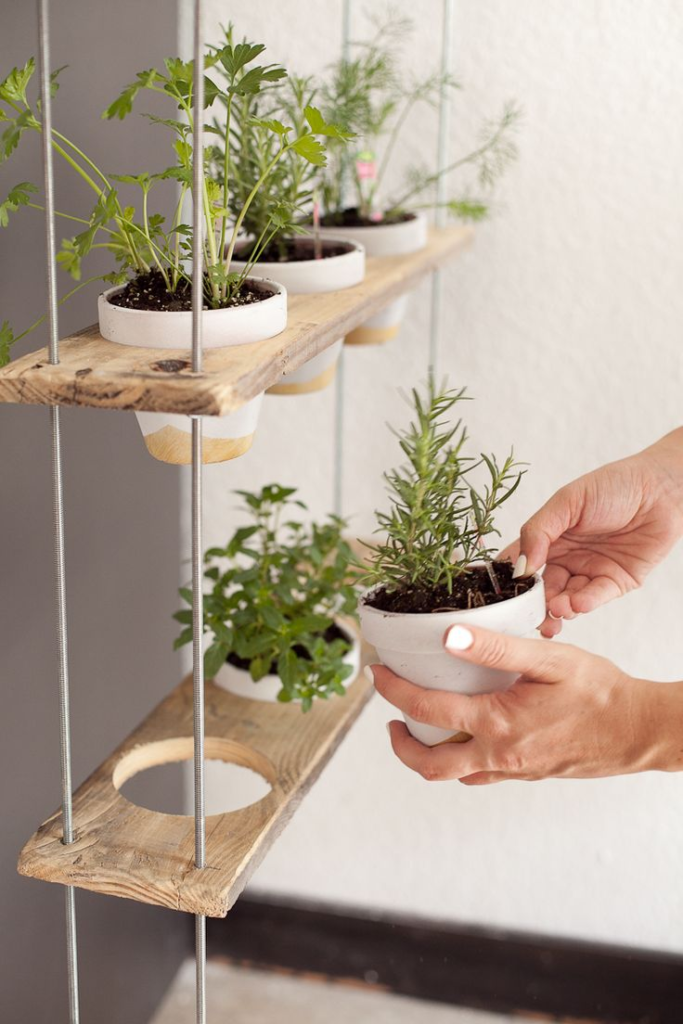
DIY Projects: Create Your Own Garden with Minimal Costs
As a fan of everything DIY, I couldn’t ignore the topic of a diy indoor herb garden with grow light. For my project, I used ordinary glass jars, old wooden boards, and a simple LED lamp. Not only did it save me money, but it also became a great way to spend a weekend.
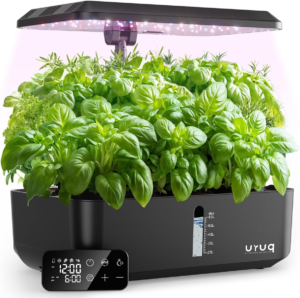
Tip: you can choose a ready-made kit for an indoor garden similar to this one – it comes with a planting area, grow lights, and a stylish look. I’m not a fan of these options because, as I’ve mentioned before, I love creating everything from scratch. However, many of my friends have opted for a ready-made kit.
Mason Jars for Herbs: Stylish and Functional
One of the most interesting projects was the mason jar indoor herb garden. Using glass jars instead of standard pots allows you to see the water level and the plant’s root system. Plus, these jars are easy to place on a kitchen shelf or table, adding style to the interior.
Organizing and Caring for Your Garden
So, creating an herb wall garden indoor is a process that requires a little time and patience. I found that the most important thing is proper organization and regular care. For example, if you want your herbs to grow evenly, regularly rotate the pots so that all plants receive an equal amount of light.
10 Not-So-Obvious Tips for Creating a Home Herb Garden
- Use organic fertilizers for better growth. This will significantly improve soil quality and overall plant health.
- Regularly renew the soil. Try to change the top layer of soil every few months.
- Apply mulch. This will help retain moisture in the soil, especially during the summer.
- Consider the microclimate. Some herbs prefer more humid conditions than others.
- Group plants. Plant herbs with similar lighting and watering needs together.
- Use natural insecticides. This will protect your plants from pests without using chemicals.
- Create miniature compositions. For example, you can combine several types of herbs in one container.
- Experiment with different pot shapes. Depending on the shape of the pot, plants may grow differently.
- Ventilate the room regularly. This prevents mold and fungus from appearing on the soil.
- And… Don’t be afraid to experiment. Growing herbs is not only practical but also fun. Try new varieties and methods!
